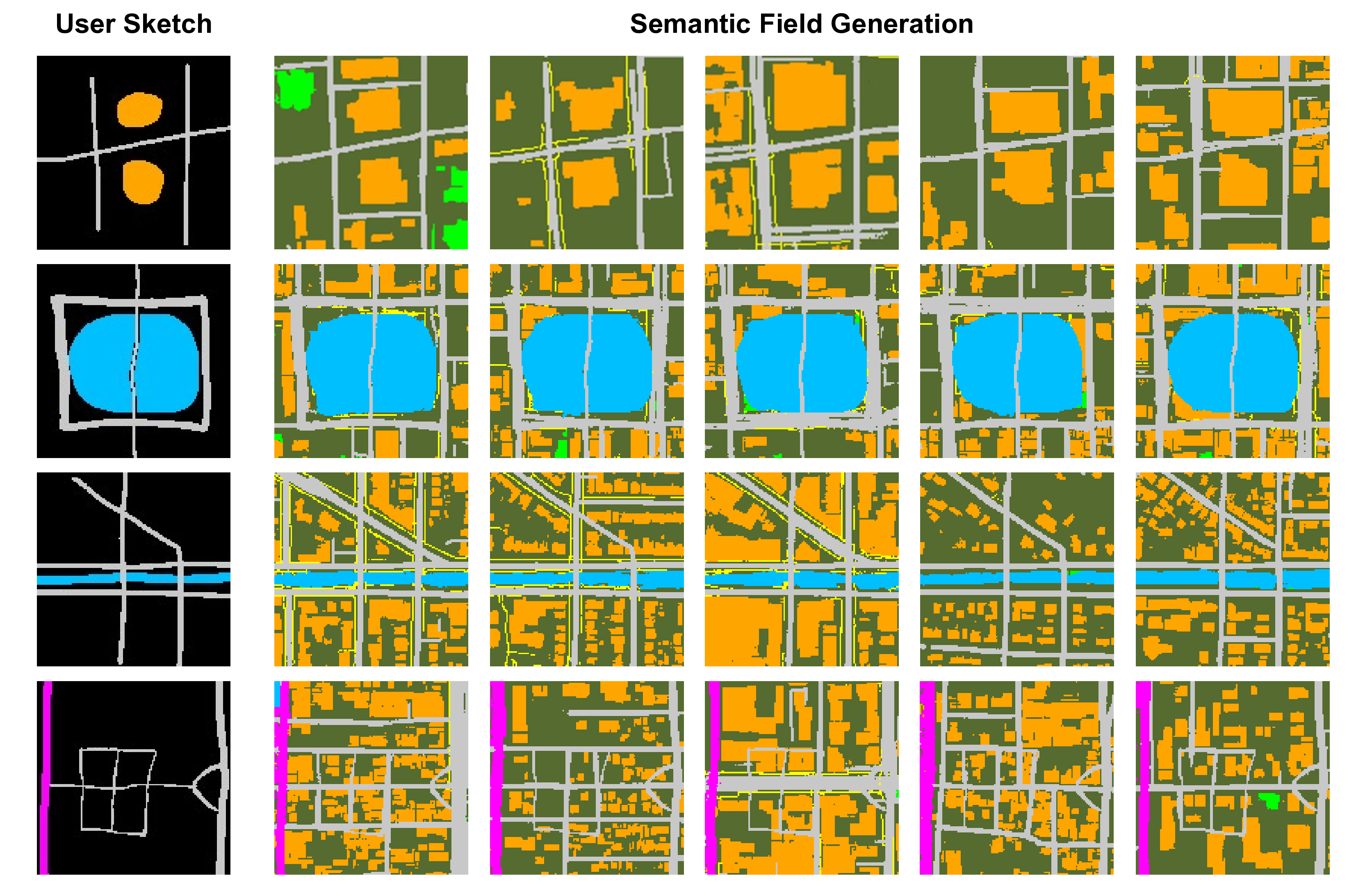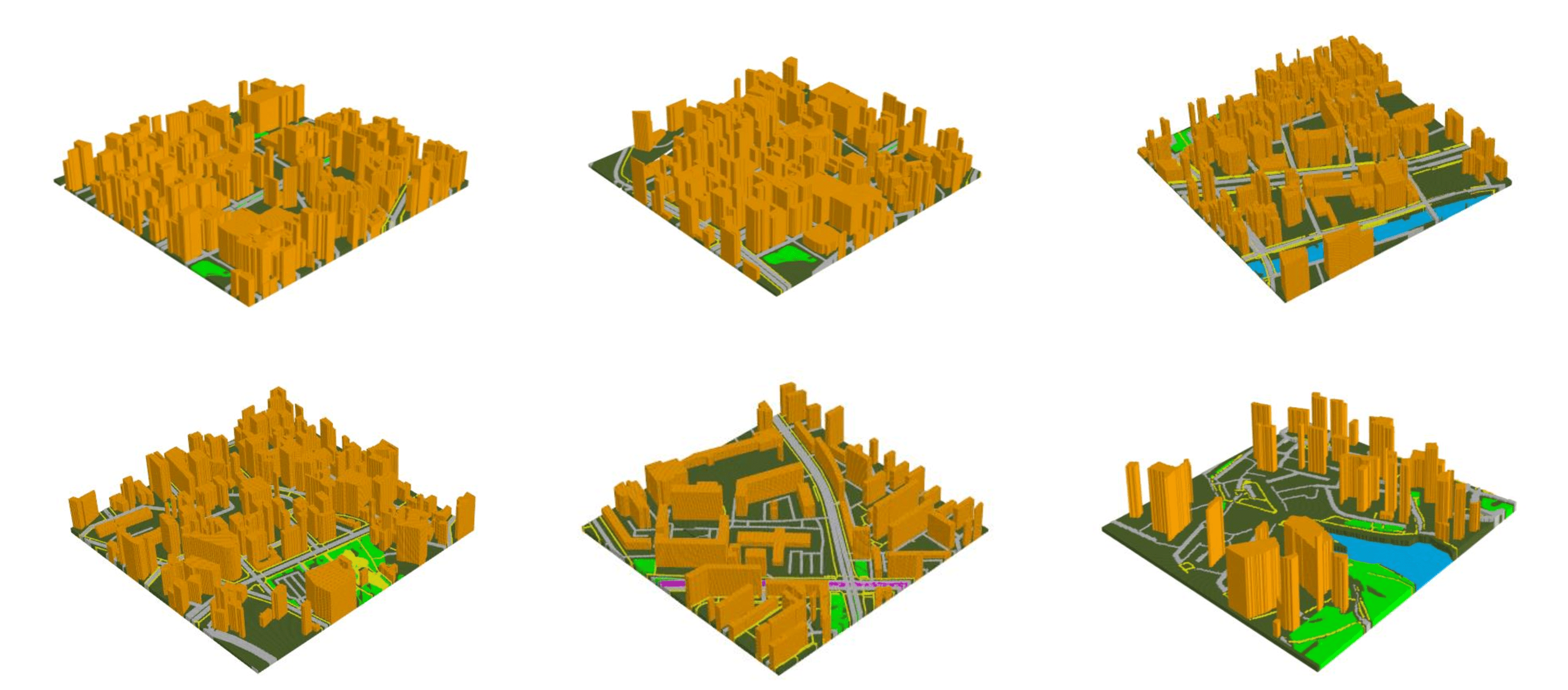
City layout generation has recently gained significant attention. The goal of this task is to automatically generate the layout of a city scene, including elements such as roads, buildings, vegetation, as well as other urban infrastructure. Previous methods using VAEs or GANs for 3D city layout generation offer limited diversity and constrained interactivity, only allowing users to selectively regenerate parts of the layout, which greatly limits customization. In this paper, we propose CityGen, a novel end-to-end framework for infinite, diverse and controllable 3D city layout generation. First, we propose an outpainting pipeline to extend the local layout to an infinite city layout. Then, we utilize a multi-scale diffusion model to generate diverse and controllable local semantic layout patches. The extensive experiments show that CityGen achieves state-of-the-art (SOTA) performance under FID, KID, and other human feedback metrics in generating an infinite and controllable 3D city layout. CityGen demonstrates promising applicability in fields like smart cities, urban planning, and digital simulation.

In the initial step, we sample a local block from noise and extend it infinitely through the auto-regressive outpainting process. Subsequently, we iteratively refine the global semantic field to achieve a more nuanced and polished global field. Following the refinement, height values are assigned to each class. After that, we integrate the semantic field with the height field to synthesize the 3D layout. Finally, by employing an image-to-image approach, we can effectively synthesize diverse city scenes.

OSM Dataset Processing Pipeline. We first populate 3D city models for real-world cities with various geospatial elements like buildings, roads, bodies of water, and vegetation. Subsequently, we render the 3D city models with Blender. Then, we develop a post-processing pipeline that consists of boundary refinement and color correction.


